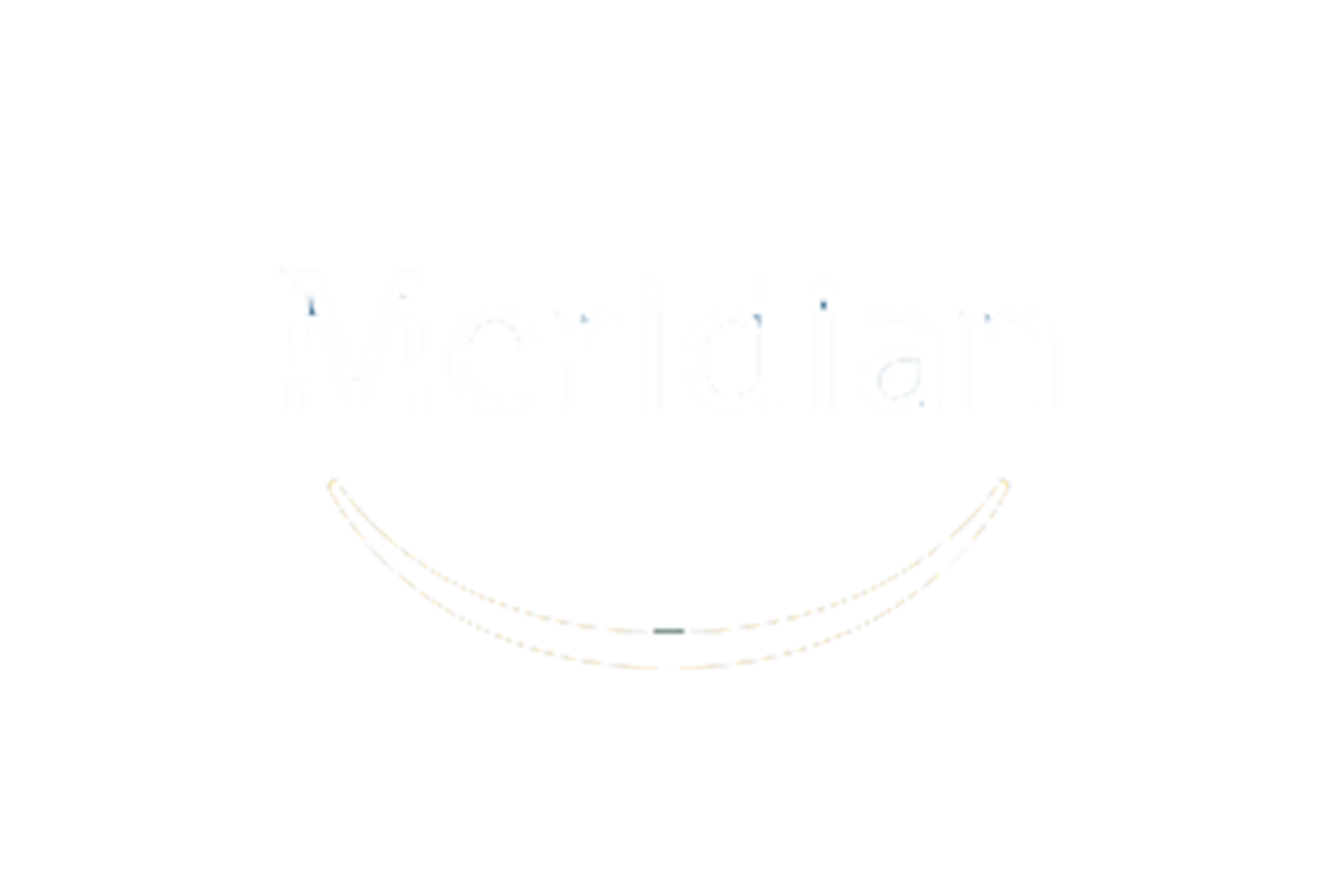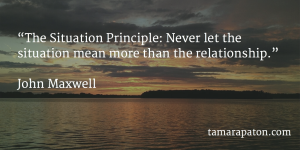

In my seven years spent serving on boards, the pace of my work has picked up dramatically. I’m sure that’s true for you too. The organizations that we support are growing and becoming increasingly complex. Executives and boards are making rapid-fire decisions and managing bigger risks.
We all handle these stresses differently, but no one keeps their cool like my colleagues with military service in their past. Those serving in the armed forces are trusted with thousands of lives and millions of dollars in machinery. I feel humbled by how young many military leaders are as they handle this responsibility in the face of volatile circumstances.
A key driver of their success is a quick feedback loop. According to leadership expert Jim Rohn,
“At the end of each day, you should play back the tapes of your performance. The results should either applaud you or prod you.”
With this in mind, the US Army developed the After Action Review to extract lessons learned from past events and apply them to others. The practice has transitioned to corporate settings, with Shell Oil, Harley-Davidson, and Colgate-Palmolive using AARs as a training and knowledge development tool.
A retired Navy SEAL taught me the practice when we were business school classmates. Ten years later, it’s a habit that continues to propel me forward by improving processes and my understanding of my colleagues. If you find yourself repeatedly setting goals, but struggling with follow through, an After Action Review might be the tweak you need.
How do you conduct an After Action Review?
Shortly after an event takes place, ask yourself these four questions:
- What was expected to happen?
- What actually occurred?
- What went well and why?
- What can be improved and how?
What deserves an AAR?
Committee meetings, board interviews, and peer feedback sessions are all fair game for AARs. After I chaired my first board meeting, I worked through the four questions with a colleague. I’ve even applied the framework to blog posts that surprised me with their traffic. If an outcome matters to me, there is a good chance that I’ve thought through an AAR.
What makes AARs successful?
There are a handful of practices that make some AARs more helpful than others.
- Involve the right people. Some AARs are a solo activity, while others may involve a group. If you invite others to participate, encourage them to leave their ego and rank at the door. It’s important to focus on the intent and outcome, without feeling constrained by hierarchy.
- Focus on your own individual contribution. You as an individual are the unit of analysis. Resist the temptation to blame others. My goal is always to reflect on what I can improve next time by behaving differently or creating a better environment for others’ behaviour.
- Conduct the AAR as soon as possible. Insights are freshest when minimal time passes between the event and the review.
- Break up the event into discrete segments of time or key issues. Some events are too complex to view as a single whole. Break them down into pieces of a larger process or key issues and themes.
- Summarize your learnings. For each event, I jot down three lessons learned. I keep a record of these insights on file in Evernote (tagged “AAR”) and look for consistent themes over time.
On the battlefield, soldiers remind themselves that “Complacency kills.” We may not work within such high stakes, yet our forward progress depends on feedback and learning. Once I shelved my “Who has the time for this?” thinking, I found tremendous value in knitting four quick questions into my days and weeks. I hope you find the After Action Review similarly helpful.
Question: How do you draw insights from events, processes and outcomes?
Please share your response via Twitter, LinkedIn or e-mail.
Thank you for reading! If you found this post useful, please click the “like” button on LinkedIn and/or share it with others in your network. Doing so helps my work reach others and would mean so much to me.










